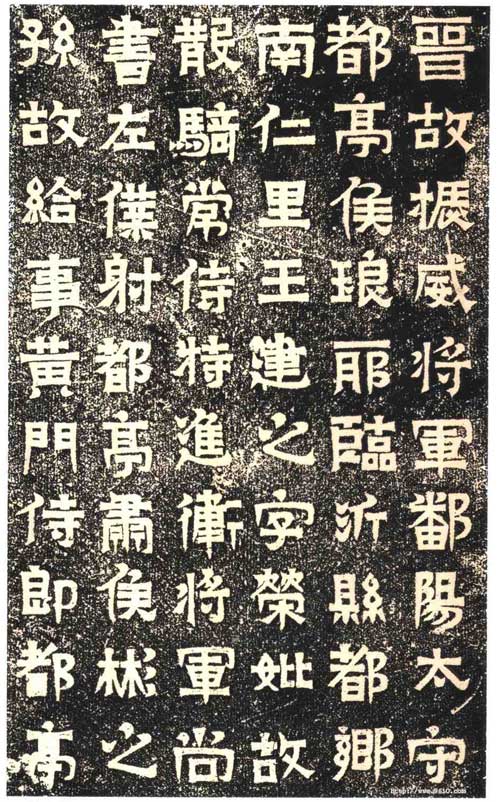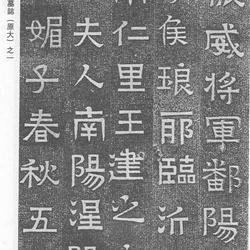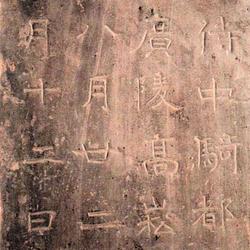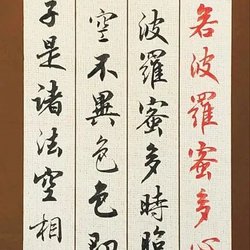
"Wang Jianzhi's Epitaph" was unearthed in 1999 from the Wang family tomb in the Eastern Jin Dynasty during the Six Dynasties period in Xiangshan, northern suburbs of Nanjing. It is a rare masterpiece of epitaph calligraphy from the Six Dynasties. The calligraphy style of this epitaph is between official and regular script, although the horizontal strokes have undulations. , but the waves are convergent, and the posture obviously has certain characteristics of regular script. Some of the characters have strong Li meaning and are very similar to Han Li. There are also some characters that have obvious imitations of ancient seal script and are extremely decorative, which is rare. It provides new evidence for the debate on the authenticity of the calligraphy of "Lanting Preface" and is important for continuing to explore the evolution of calligraphy in the Six Dynasties and Chinese calligraphy. significance.
Xiangshan is the location of the family tomb of Pushe Wang Bin, the minister of the early Eastern Jin Dynasty. Wang Bin is the uncle of the great calligrapher Wang Xizhi. Wang Jianzhi had no military campaigns in history. According to his epitaph, "Jin was the general Zhenwei, the prefect of Pogang, and the Marquis of Duting. Wang Jianzhi of Nanrenli, Duxiang, Linyi County, Langye, had the courtesy name Ronghe, so he often served as a casual rider. , Tejin, General Wei, Shangshu Zuopushe, and the grandson of Suhou Bin of Duting, so he was given to the eldest son of Pengzhi, the minister of Huangmen and the Marquis of Duting." It can be seen that Jianzhi is the grandson of Wang Bin, who was granted the title of Marquis of Duting. .




















